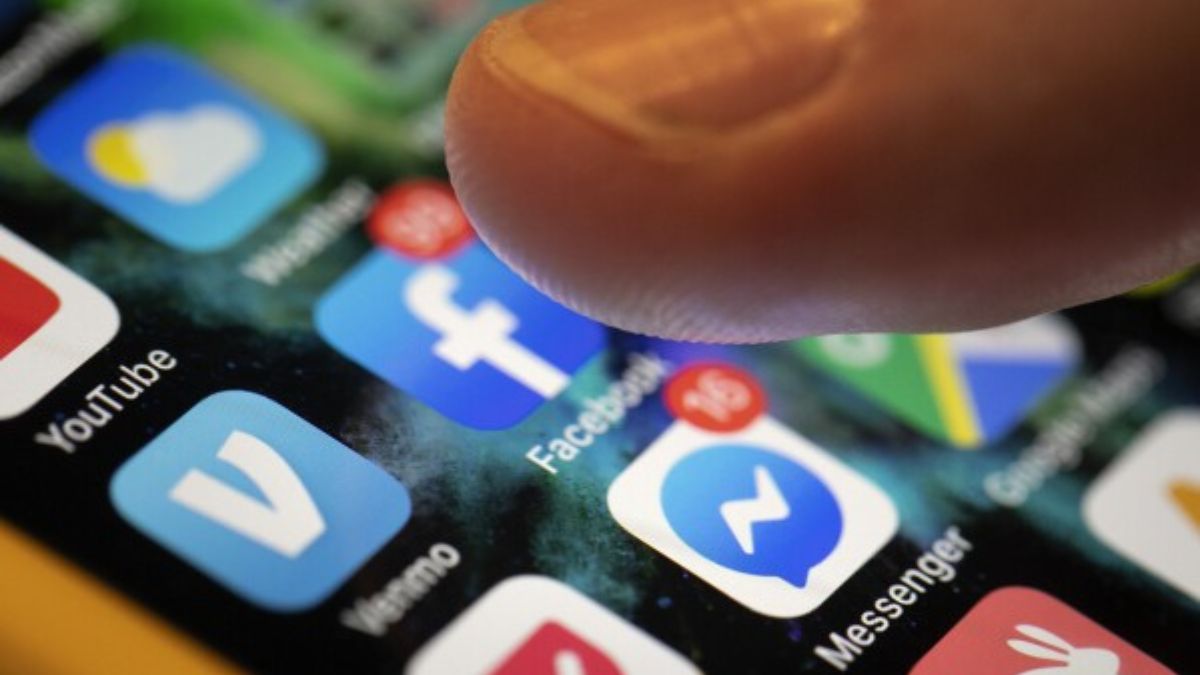Lately, social media has evolved into a platform where global narratives are created, shaped, and spread at turbo speed. While this digital space offers opportunities for connection and consultation, it also has a darker side, where misinformation, racism, and divisive propaganda thrive. Unfortunately, India has increasingly become a key soft target of such campaigns, especially on platforms like X (formerly Twitter).
Social media platforms, originally intended for global connectivity, have now mutated into drivers of polarisation. India’s situation is particularly concerning, as misinformation, biased representations, and outright hostility towards the nation are being perpetuated online. One look at X, and it becomes absolutely clear how rapidly anti-India content gets velocity. Such posts, often laden with misinformation about the actual issue, receive millions of views and retweets. What starts as a baseless opinion or false information can, in no time, become a global trend, shaping perceptions about a country like India, which holds deep historical significance and vibrant diversity.
India’s vast population is both its strength and its challenge. With approximately 536 million active WhatsApp users, 462 million YouTube users, 362 million Instagram users, and 30 million X users, India stands as a digital powerhouse. However, this massive online presence is not being effectively leveraged to counter the harmful and false narratives being spun around. Rather than uniting to present a cohesive response, Indians often succumb to internal divisions, allowing fake narratives to take root and thrive. The sense of unity that has enabled many global communities to combat systemic racism and discrimination is somewhat lacking among Indians, especially in the face of Western hostility.
Take, for instance, the African-American community in the United States. Over decades, they have built a compelling collective identity and response to racism. The evolution of words like ‘Broda’ and ‘Sista’ are not merely greetings but symbols of solidarity forged in the face of systemic discrimination. Meanwhile, Indians often adopt a “Chalta hai” (it’s okay) attitude when confronted with racism or anti-India sentiment. This passive acceptance of fake and ill-narratives allows negative perceptions to shape up and grow uncontrollably. The lack of a collective front against these narratives means that India, despite its enormous population, remains vulnerable to the detrimental effects of social media propaganda.
A number of Western media outlets selectively highlight India’s challenges while completely ignoring the strides the country has made in areas like technology, space exploration, and economic growth. A recent example is the “What’s wrong with India?” campaign on social media, which sought to emphasise India’s weaknesses while conveniently ignoring the larger context of global challenges. However, the Indian government’s engagement through MyGovIndia, along with the efforts of Indian social media influencers and everyday users, provided a constructive response to this malicious trend.
Impact Shorts
More ShortsRather than allowing the narrative to be controlled by external forces, Indian citizens and government agencies worked together to shift the focus towards India’s remarkable achievements. This collaborative effort serves as a reminder of what can be accomplished when Indians unite to counter negativity with positivity and factual data.
Yet, despite such instances, there is still a long way to go in terms of building a coherent and strong response to anti-India narratives. There is also a tendency among Indians to remain silent or indifferent to attacks on their culture, religion, and national identity, which further emboldens those who seek to discredit the country.
The issue is further compounded by the algorithms of platforms like X and Facebook, which reportedly promote divisive content. While offensive or racist content targeting other communities is swiftly removed or suppressed by these platforms, the same does not always hold true for the content that vilifies India. This double standard has contributed to the rise in anti-India narratives online, as individuals and groups seeking attention or fame find it easy to exploit these platforms. The more controversial the post, the greater the reach, and the cycle of misinformation continues.
To effectively combat this trend, everyone—celebrities, politicians, influencers, and everyday users—must come together to create a positive, fact-based counter-narrative that highlights India’s strengths and growth story. By doing so, they can challenge the stereotypes and misinformation that currently dominate global perceptions of India.
In addition to a unified social media response, India must invest in creating alternatives to the global tech giants that often control these narratives. The potential for homegrown social media platforms exists, and it is time for Indian entrepreneurs and stakeholders to explore these opportunities. A robust, indigenous social media ecosystem will not only provide Indians with a platform to express themselves freely but also offer more control over how the country is portrayed globally.
Lastly, the rise of anti-India narratives on social media is a complex and concerning issue that requires a multifaceted approach. Indians must overcome internal divisions and adopt a more united and assertive response to racism and misinformation. By engaging in constructive dialogue, leveraging the power of social media, and creating indigenous alternatives to global platforms, India can challenge the negative narratives that have gained prominence. The time has come for India to stand united in its defence, both online and offline, and ensure that the world sees India for what it truly is: a land of rich culture, innovation, and progress!
Amarjeet Verma is a writer and policy researcher. He addresses contemporary issues spanning people, policy and politics. Views expressed in the above piece are personal and solely those of the author. They do not necessarily reflect Firstpost’s views.
)